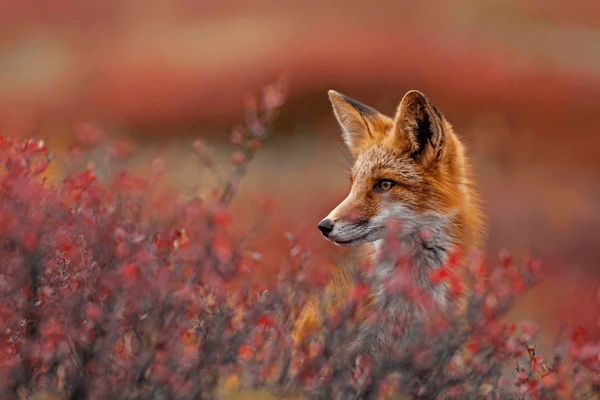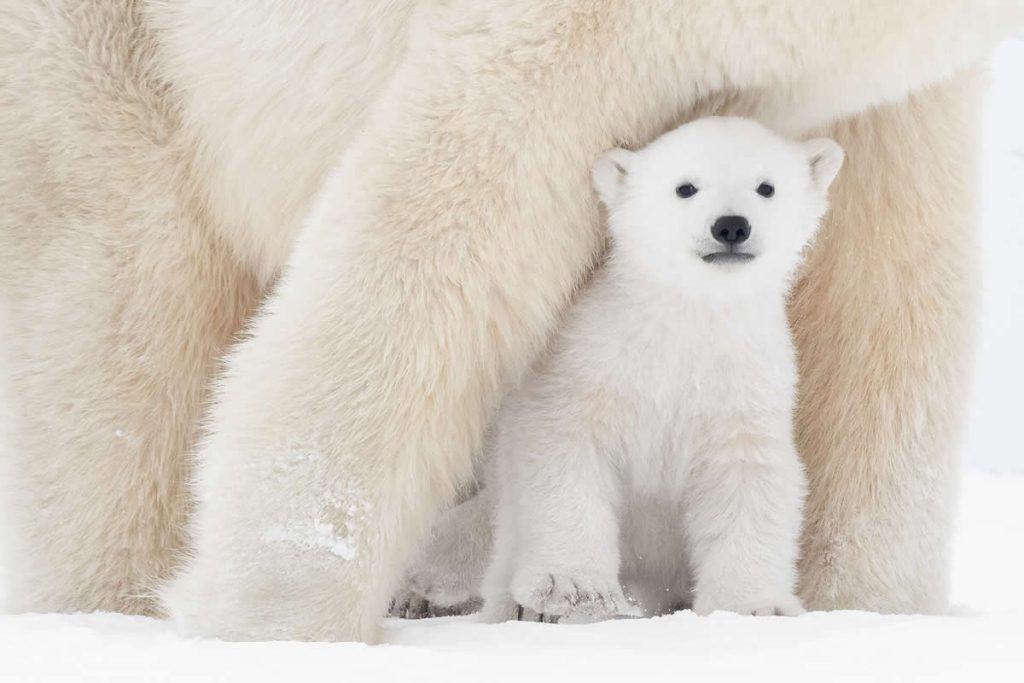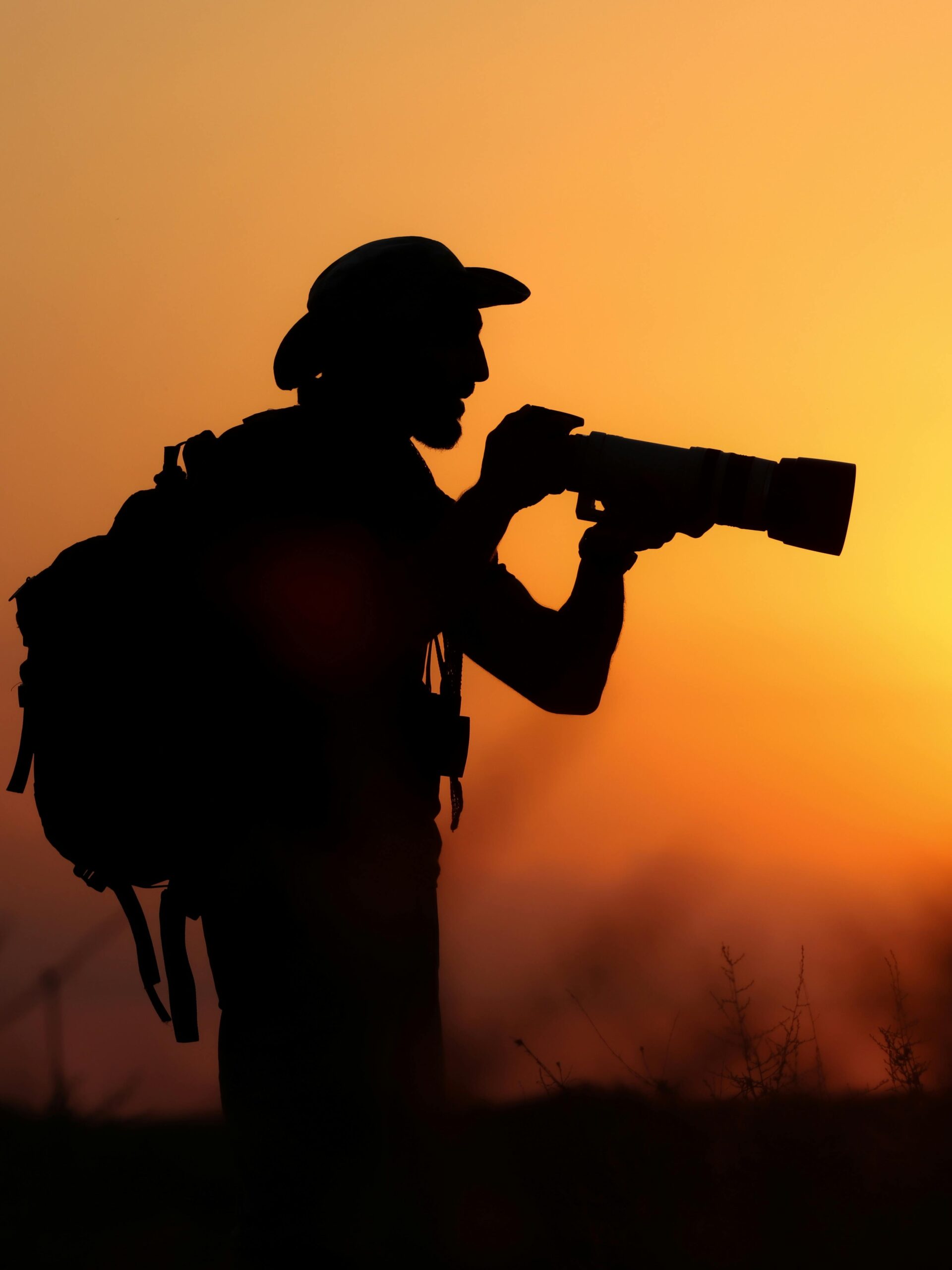Canadian National Parks: Premiere Wildlife Photography Destinations
Canada’s 48 national parks managed by Parks Canada protect 340,000 square kilometres of spectacular wilderness hosting iconic wildlife including grizzly bears, polar bears, caribou, whales, and hundreds of bird species. These protected areas represent world-class wildlife photography destinations attracting photographers globally whilst offering Canadian photographers home-field advantages through proximity, seasonal access, and intimate location knowledge.
Commercial wildlife photography in national parks generates an estimated $25-35 million annually according to Parks Canada economic impact studies and industry analysis, with professional photographers licensing imagery for editorial publications, conservation organizations, tourism marketing, stock agencies, and commercial advertising. This substantial market rewards properly trained photographers understanding technical excellence, ethical practices, permit compliance, and business strategies specific to national park wildlife photography.
Comprehensive wildlife photography courses must prepare photographers not only for technical and creative excellence but also for navigating Parks Canada’s commercial permit requirements, insurance obligations, and ethical guidelines distinguishing professional operations from recreational photography. Understanding these requirements proves essential for legal, sustainable wildlife photography careers within Canada’s protected areas.
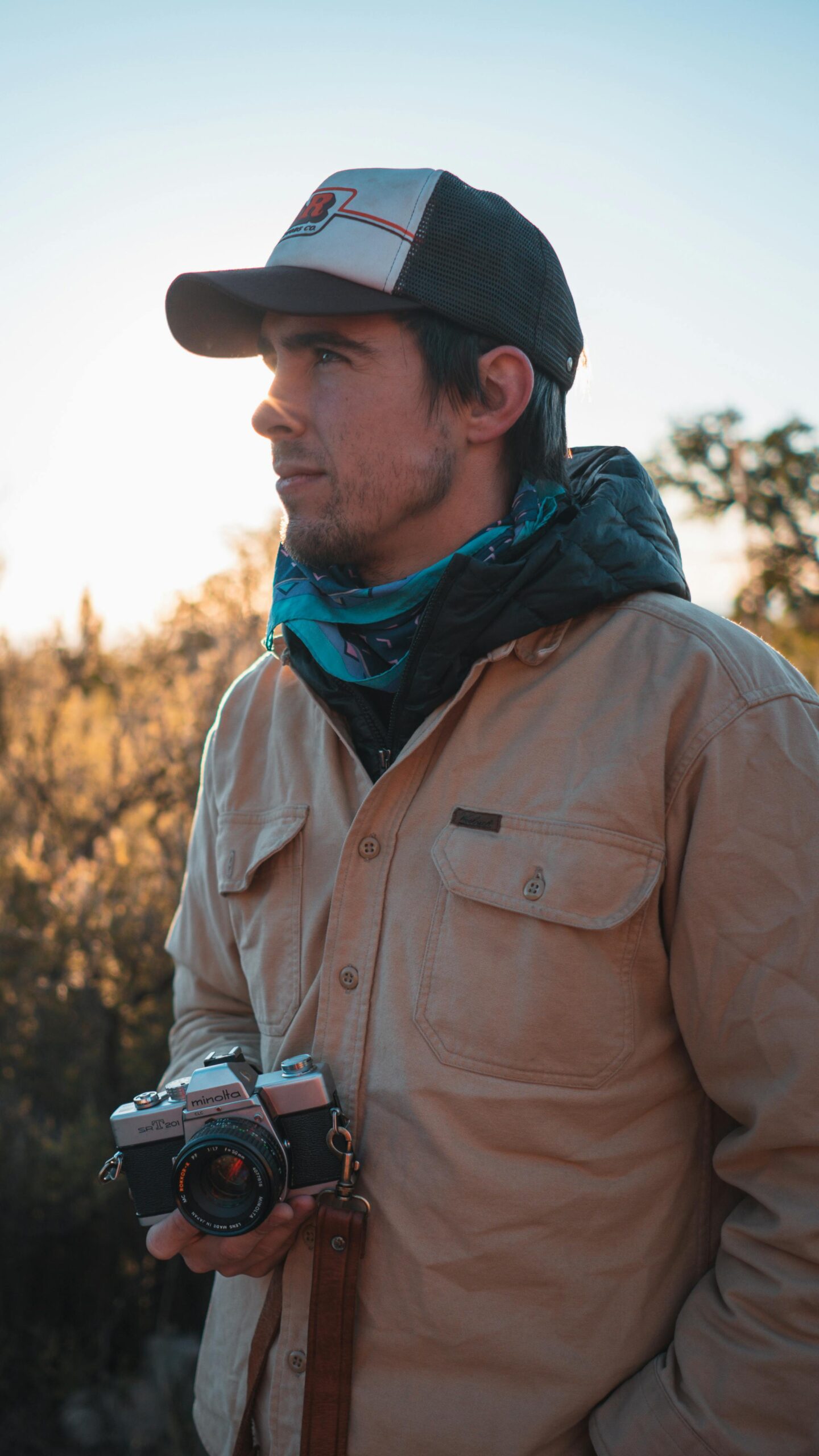
Parks Canada Commercial Photography Permit Requirements
Commercial photography in national parks requires business permits separate from recreational visitor access, with specific requirements varying slightly across parks though following consistent national standards. Understanding permit processes, costs, and compliance requirements enables legal professional operations whilst avoiding penalties, permit revocation, or prosecution for unpermitted commercial activities.
Defining Commercial vs Personal Photography
Parks Canada distinguishes commercial photography from personal use based on intended imagery usage rather than equipment quality or photographer skill level. Commercial photography includes any imagery intended for sale, licensing, publication, marketing, or business purposes—regardless of whether profit ultimately results from specific images.
Stock photography submissions represent commercial activity requiring permits even if images don’t immediately sell. The intent to commercialize rather than actual sales determines commercial classification—photographers building stock portfolios for future licensing require commercial permits during initial capture regardless of uncertain future revenue.
Wedding photography, portrait sessions, and event coverage in national parks constitute commercial activities requiring permits and insurance. Couples hiring photographers for engagement or wedding photos in parks trigger commercial permit requirements—unpermitted commercial photography risks substantial fines plus liability for photographer and clients.
Editorial photography for publications, conservation organizations, or tourism marketing requires commercial permits despite serving nonprofit or editorial purposes. Assignment photography for magazines, websites, or marketing materials represents commercial activity regardless of publication type or compensation structure.
Personal photography for non-commercial sharing, personal portfolios without sale intent, or recreational documentation doesn’t require commercial permits. However, Parks Canada may question professional-appearing equipment, extensive time investment, or subsequent commercial usage of imagery originally claimed as personal—maintaining clear documentation of commercial work versus personal projects protects photographers during permit compliance reviews.
Commercial Permit Application Process
Business license verification requires photographers to provide proof of legitimate business registration—provincial business registration, municipal licensing, or federal incorporation documentation. Parks Canada requires documented business entities rather than permitting unlicensed cash operations—proper business registration represents prerequisite for commercial permit applications.
Liability insurance certificates proving minimum $2 million coverage must accompany permit applications, with Parks Canada requiring certificate of insurance naming Parks Canada as additional insured. Insurance must specifically cover commercial photography activities—personal liability policies typically exclude commercial operations requiring specialized commercial photography insurance.
Permit fee payment varies by park and activity scope, typically ranging $100-$700 annually for standard commercial photography permits. Some parks charge daily permits for occasional use while others require seasonal or annual permits for regular commercial operations—understanding specific park fee structures prevents unexpected costs.
Application lead time of 4-8 weeks before intended photography requires advance planning rather than spontaneous national park visits. Peak season permits sometimes fill months ahead requiring early application—photographers relying on specific locations or timing must plan well in advance of desired access dates.
Activity description including intended subjects, locations within parks, and approximate frequency helps Parks Canada assess appropriate permit types and ensure compliance with park management plans. Detailed activity descriptions prevent misunderstandings about permitted activities whilst demonstrating professional planning and legitimate business purposes.

Ongoing Compliance and Permit Maintenance
Annual permit renewal maintains legal status for photographers conducting regular commercial work in national parks. Permits typically expire December 31st annually requiring renewal applications before new calendar years—lapsed permits mean illegal commercial operations risking fines and future permit denial.
Activity reporting requirements in some parks mandate documenting commercial photography frequency, locations used, and general subject matter. While not universally required, some parks request annual activity summaries ensuring commercial use aligns with approved permit scopes and park management objectives.
Insurance maintenance throughout permit validity ensures continuous liability coverage protecting both photographers and Parks Canada. Lapsed insurance automatically invalidates commercial permits—photographers must maintain continuous coverage and provide updated certificates when policies renew.
Compliance with park regulations including area closures, wildlife approach distances, and seasonal restrictions applies universally regardless of permit status. Commercial permits don’t exempt photographers from general park regulations—all standard rules apply plus additional commercial operation requirements.
Permit display and documentation must be available during park visits proving authorization for commercial activities. Parks Canada staff may request permit verification—photographers must carry permits, insurance certificates, and business identification during commercial photography activities.
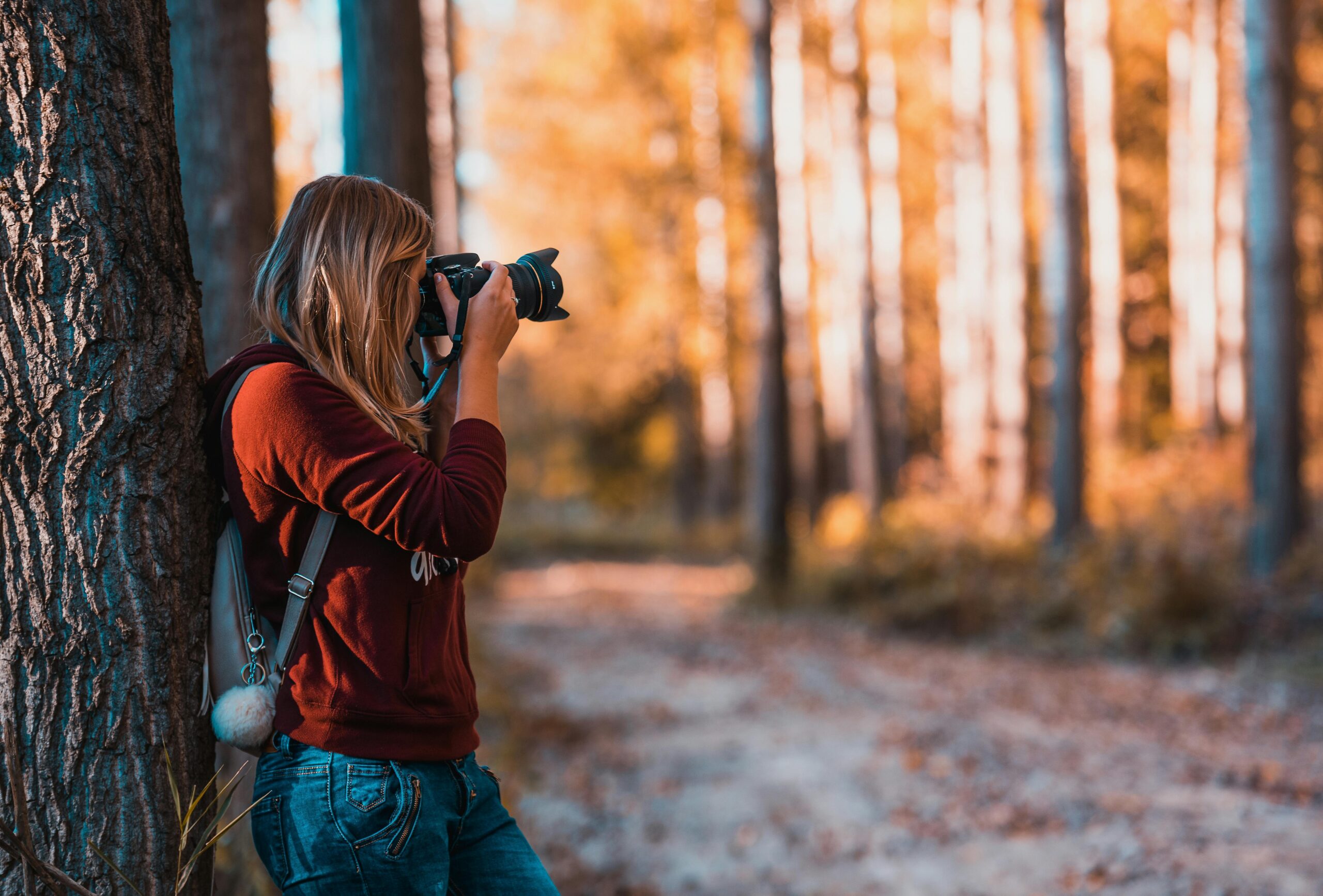
Penalties for Unpermitted Commercial Activities
Substantial fines up to $25,000 for individuals operating commercially without permits demonstrate Parks Canada’s serious enforcement of commercial activity regulations. These penalties reflect not minor administrative violations but illegal commercial operations in protected federal lands.
Equipment seizure and film/card confiscation represents potential enforcement action for blatant unpermitted commercial photography, particularly when photographers refuse cooperation or demonstrate repeat violations. While rare, Parks Canada possesses authority to seize equipment used in illegal commercial activities.
Permanent permit denial prevents future legal commercial photography for photographers caught operating without permits or violating permit conditions. This career-ending consequence emphasizes importance of proper permitting and compliance—short-term cost savings from avoiding permits risks permanent exclusion from commercial national park photography.
Criminal charges under Canada National Parks Act may result from serious violations, repeated offenses, or commercial operations causing environmental damage or wildlife disturbance. Criminal convictions carry criminal records affecting employment, travel, and professional reputation far beyond immediate fines.
Civil liability for damages caused during unpermitted activities exposes photographers to substantial financial risk. Without proper insurance and permits, photographers remain personally liable for any damages, injuries, or environmental harm resulting from their activities—potentially devastating financial consequences from unpermitted operations.
Ethical Wildlife Photography Practices in National Parks
Professional wildlife photographers operating in national parks carry responsibilities beyond legal permit compliance—ethical practices protect animal welfare, preserve habitats, support conservation objectives, and maintain public access through demonstrated responsible behaviour distinguishing professionals from problematic photographers requiring access restrictions.
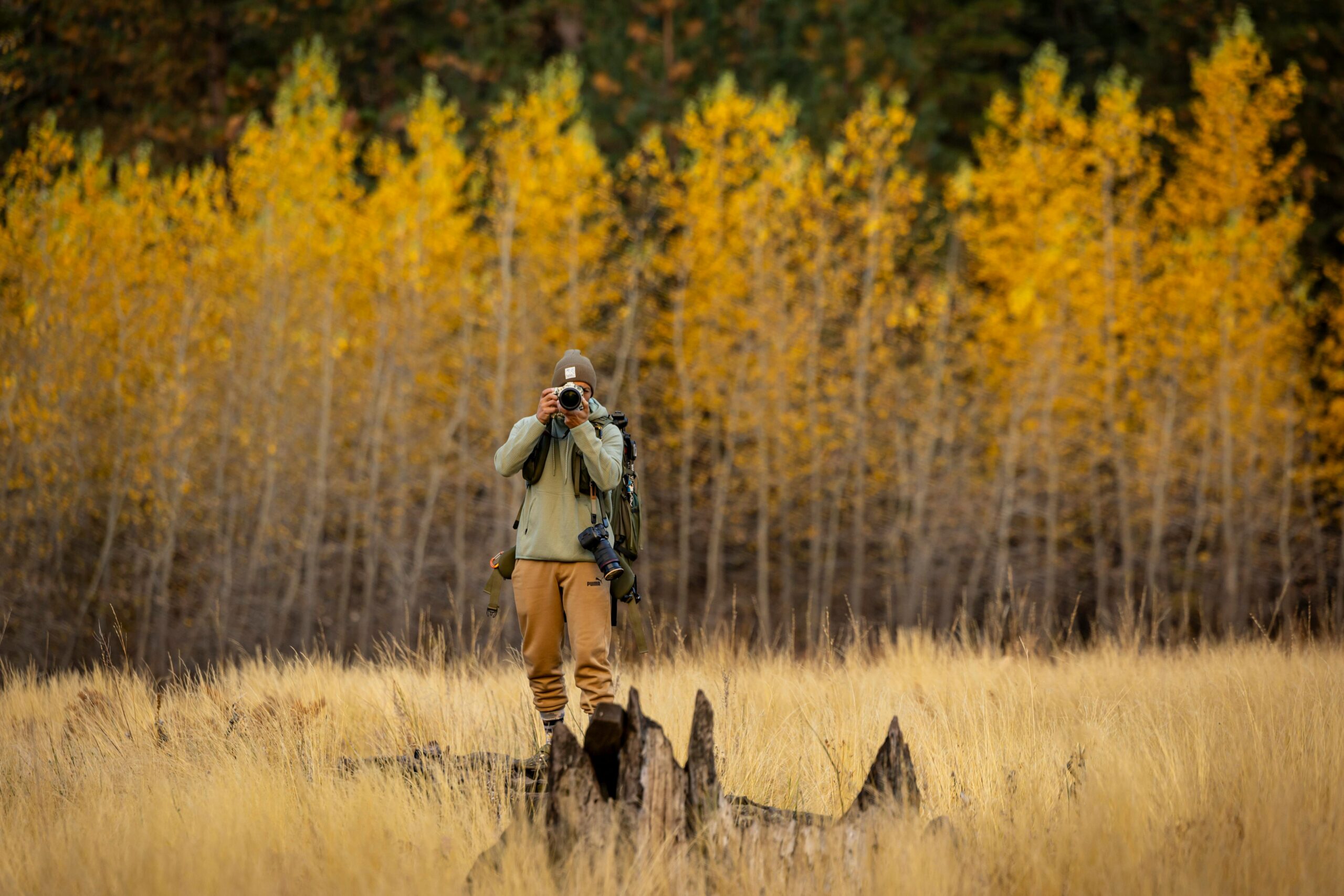
Wildlife Approach Distance Guidelines
Minimum distance requirements varying by species protect animal welfare whilst often producing better photography through natural, relaxed behaviour versus stressed, fleeing subjects. Parks Canada establishes species-specific approach distances—typically 100 metres for large predators (bears, wolves), 30 metres for ungulates, with greater distances for sensitive species or periods.
Understanding body language and stress indicators enables recognizing when wildlife shows discomfort before reaching minimum legal distances. Ethical photographers maintain greater distances when animals display agitation regardless of legal minimums—animal welfare supersedes photographic opportunity in all circumstances.
Telephoto lens usage of 400mm-600mm focal lengths enables frame-filling imagery whilst maintaining appropriate distances. Comprehensive wildlife photography training emphasizes ethical distance maintenance through proper equipment rather than dangerous or disturbing close approaches.
Never pursuing, herding, or deliberately causing wildlife to move represents fundamental ethical principle. Wildlife photography documents natural behaviour—intentionally causing movement, vocalizations, or defensive responses constitutes harassment regardless of photographic results.
Understanding when to withdraw rather than obtaining desired photographs demonstrates professional ethics that casual photographers often lack. Some situations require leaving without images rather than persisting when wildlife shows distress—comprehensive photography training instils these ethical judgments preventing problematic behaviour.
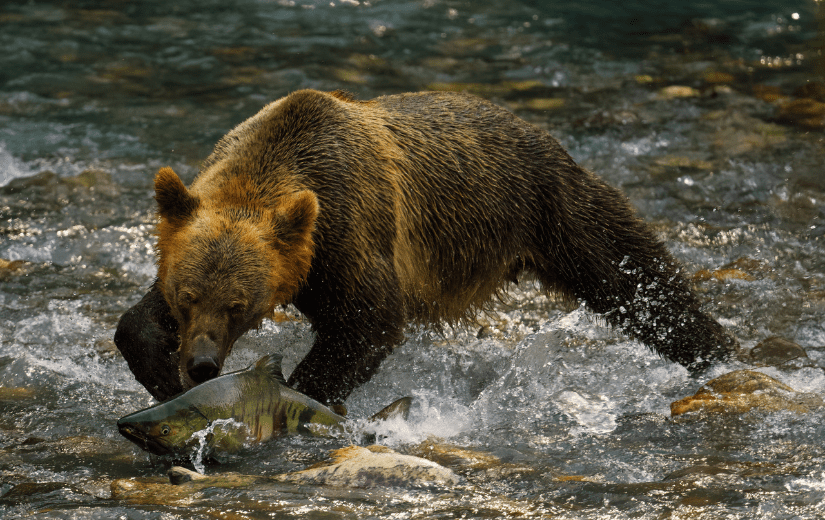
Habitat Protection and Environmental Responsibility
Staying on established trails prevents habitat damage from off-trail travel creating erosion, vegetation damage, and wildlife disturbance. While wildlife photographers sometimes require off-trail access for specific opportunities, minimizing impacts through careful route selection and limiting frequency protects sensitive areas.
Seasonal closures protecting nesting birds, denning sites, or vulnerable periods must be respected regardless of photographic desires. These closures serve critical conservation purposes—violating closures for photography demonstrates unprofessional behaviour potentially triggering access restrictions affecting all photographers.
Pack out everything brought in including food waste, equipment packaging, and any materials used during photography. Leaving no trace represents basic outdoor ethics that professional wildlife photographers must exemplify—problematic litter or environmental damage from photographers damages industry reputation and potentially triggers access restrictions.
Respecting other visitors’ park experiences through considerate behaviour, reasonable space sharing, and avoiding monopolizing wildlife viewing opportunities maintains public support for continued photographer access. Photographers creating problems for other visitors risk generating complaints triggering permit reviews or access restrictions.
Supporting conservation through donations to parks, volunteering, or advocacy demonstrates photographers’ positive contributions beyond simply extracting imagery. Building relationships with park staff as conservation partners rather than just commercial operators creates goodwill supporting continued professional access.

Sharing Location Information Responsibly
Public location sharing requires careful consideration balancing information sharing with protecting sensitive locations from overuse. Specific location information for rare species, denning sites, or nesting areas should never be publicly shared—responsible photographers protect these sensitive locations even when limiting personal recognition or commercial opportunities.
Social media geotags and specific location descriptions can cause problematic crowding at sensitive wildlife locations. While general region identification proves acceptable, specific GPS coordinates or detailed location descriptions enable crowding potentially harming wildlife or habitats.
Understanding when location discretion protects conservation objectives versus when sharing promotes appropriate park visitation and conservation support requires judgment that comprehensive training develops. Not all location sharing proves problematic—context determines appropriate information sharing levels.
Educating other photographers about ethical practices rather than gatekeeping creates positive community culture. Sharing ethical approaches, explaining approach distance rationale, and modeling professional behaviour elevates entire wildlife photography community rather than creating antagonistic relationships between photographers.
Business Strategies for National Park Wildlife Photography
Technical excellence and ethical practices alone don’t guarantee wildlife photography careers—business strategies, income diversification, and market positioning determine commercial success within national park contexts. Comprehensive photography business courses integrated with wildlife training ensure complete professional preparation.

Stock Photography Licensing Revenue
Stock agencies including Getty Images, Nature Picture Library, and specialized wildlife libraries provide primary income sources for many national park wildlife photographers. Building comprehensive portfolios of Canadian national park wildlife, landscapes, and nature imagery creates passive income generating recurring revenue from existing work.
Keywording and metadata optimization dramatically affect stock imagery discoverability and sales frequency. Understanding effective keywording strategies, accurate species identification, and comprehensive metadata creation proves as important as photography skills for stock photography success.
Exclusive versus non-exclusive agency relationships involve trade-offs between higher commission percentages (exclusive) and broader market reach (non-exclusive multiple agencies). Understanding these business models enables strategic decisions maximizing revenue whilst managing administrative complexity of multiple agency relationships.
Seasonal content gaps including winter wildlife, seasonal behaviours, or underrepresented species create opportunities for strategic photography filling market needs. Understanding stock market demands and identifying content gaps enables targeted photography generating superior returns versus photographing already-oversupplied subjects.
Editorial and Conservation Organization Work
Magazine assignments for Canadian Geographic, outdoor publications, and conservation magazines provide higher per-image rates than stock photography whilst building portfolio reputation. Developing editorial client relationships through consistent pitching and reliable delivery opens assignment opportunities supplementing stock income.
Conservation organization partnerships with groups like Canadian Wildlife Federation, provincial wildlife agencies, and species-specific nonprofits combine income with conservation contribution. These organizations need compelling imagery for fundraising, education, and advocacy whilst often providing research site access and expert knowledge enhancing photography opportunities.
Tourism marketing for Parks Canada, provincial tourism boards, and destination marketing organizations generates substantial projects. Government and tourism clients often require extensive image libraries documenting visitor experiences, wildlife viewing, and park amenities—creating opportunities for comprehensive photography projects beyond single-image licensing.
Annual report photography for environmental nonprofits, research organizations, and conservation groups provides recurring revenue through ongoing client relationships. Organizations requiring regular photography for annual publications, grant applications, and donor communications create predictable income streams supplementing more variable stock and editorial revenue.
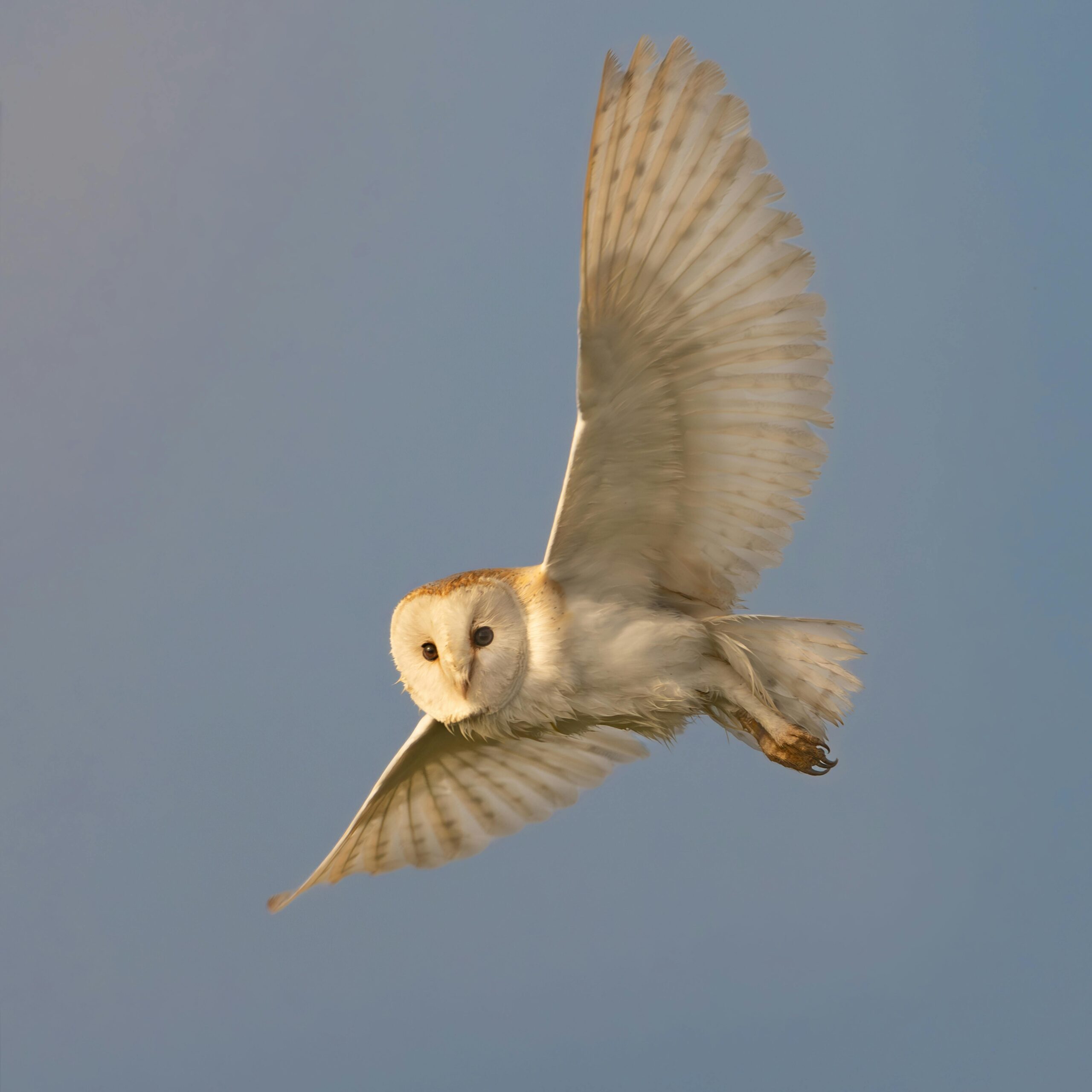
Workshop Instruction and Photography Tourism
Leading photography workshops in national parks leverages location expertise and professional skills into premium-priced educational experiences. Workshop instruction generates $1,500-$4,000+ per participant for multi-day experiences—substantial income from teaching alongside direct photography revenue.
Location knowledge and park relationships provide competitive advantages when developing workshop offerings. Photographers with intimate understanding of specific parks, optimal timing for wildlife viewing, and established relationships with park staff create superior workshop experiences commanding premium pricing.
Partnering with tour operators providing logistics, accommodation, and transportation whilst photographers focus on instruction creates efficient business models. These partnerships enable workshop offerings without managing complex travel logistics—photographers concentrate on educational content whilst partners handle operational details.
International participant attraction to Canadian national park workshops creates premium pricing opportunities. Global photographers seeking Canadian wildlife experiences often willingly pay substantial workshop fees—properly marketed workshops attract international participants generating superior revenue versus relying solely on domestic market.
Commercial Licensing and Advertising
Outdoor brand partnerships with equipment manufacturers, outdoor apparel, and adventure travel companies create commercial licensing opportunities. Brands marketing Canadian outdoor experiences seek authentic national park imagery—established photographers with strong portfolios access these lucrative commercial opportunities.
Tourism advertising campaigns for provincial and national tourism marketing require extensive imagery budgets. Large-scale tourism campaigns often license imagery at $3,000-$15,000+ per image for broad usage rights—these projects represent substantial income opportunities for photographers with compelling portfolio content.
Conservation campaign imagery for fundraising, advocacy, and public education serves important purposes whilst generating commercial revenue. Major conservation campaigns require professional imagery communicating urgency and beauty—properly positioned wildlife photographers access these meaningful, well-compensated projects.
Corporate communications for companies emphasizing environmental responsibility, Canadian identity, or outdoor recreation create commercial opportunities beyond traditional nature photography markets. Corporations increasingly use authentic nature imagery in annual reports, marketing materials, and sustainability communications—expanding commercial opportunities for wildlife photographers.
Equipment and Technical Preparation for National Park Photography
Canadian national parks present unique challenges including extreme weather, remote locations, and demanding conditions requiring robust equipment and comprehensive technical preparation. Proper gear selection and technical skills prove essential for consistent professional results across diverse national park environments.

Camera Bodies and Lens Requirements
Weather-sealed professional bodies withstanding rain, snow, dust, and temperature extremes prove essential for national park photography. Consumer cameras failing in moisture or cold create missed opportunities and expensive repairs—professional weather-sealing represents necessary investment for serious national park work.
High ISO performance enabling photography during dawn and dusk when wildlife is most active requires camera bodies with excellent noise characteristics. Modern professional bodies performing acceptably to ISO 12800+ extend shooting opportunities dramatically versus older cameras limited to ISO 3200 maximum practical settings.
Fast autofocus systems tracking moving wildlife enable sharp imagery of active subjects. Modern mirrorless cameras with animal eye-detection dramatically improve wildlife photography success rates—comprehensive training teaches leveraging these advanced autofocus capabilities effectively.
Telephoto lenses 400mm-600mm represent largest single equipment investment though prove absolutely essential for national park wildlife photography. Quality telephoto glass costs $1,500-$12,000 depending on focal length and aperture—no viable cheaper alternatives exist for serious wildlife work requiring appropriate working distances.
Quality online photography courses including professional equipment eliminate this substantial barrier, providing basic lenses, weather-sealed bodies, and complete kits enabling immediate national park photography without separate $8,000-$15,000 equipment investments preventing many talented photographers from pursuing wildlife careers.
Supporting Equipment and Accessories
Sturdy tripods or monopods supporting heavy telephoto lenses prove essential for consistently sharp imagery. Professional support systems cost $300-$800 though represent necessary investments preventing thousands of dollars of unusable blurry images from inadequate support of heavy telephoto combinations.
Backup camera bodies prevent missed opportunities from equipment failures or malfunctions. Professional wildlife photographers never operate without backup bodies—equipment failure during once-in-lifetime wildlife encounters represents unacceptable risk that backup equipment eliminates completely.
Weather protection including rain covers, lens cloths, and camera bags safeguarding equipment from precipitation proves essential for Canadian national park work where weather changes rapidly. Professional photographers protect expensive equipment whilst maintaining shooting capability during challenging conditions that drive casual photographers to shelter.
Sufficient memory cards, spare batteries, and backup storage ensure you never miss opportunities due to filled cards or dead batteries. Professional workflows include redundant storage, immediate backup, and sufficient spare capacity preventing the amateur disasters of filling cards during peak wildlife activity.

Launch Your National Park Wildlife Photography Career Today
Canadian national parks offer world-class wildlife photography opportunities for properly trained professionals understanding technical excellence, ethical practices, permit compliance, and business strategies. Comprehensive training prepares you completely for sustainable careers within Canada’s protected areas whilst contributing positively to conservation and maintaining public access through demonstrated professional standards.
Canadian Photography School’s wildlife photography course covers technical skills, ethical practices, Parks Canada permit requirements, and business strategies specifically for national park wildlife photography. With professional camera equipment included plus payment plans from $35/week CAD, begin your national park wildlife photography career immediately without substantial equipment investment barriers.
Whether specializing exclusively in national park wildlife or combining national park work with broader professional photography training, comprehensive education provides foundations for sustainable success. Explore our photography business course ensuring your passion for Canadian wildlife generates professional income whilst supporting conservation objectives throughout your career.
